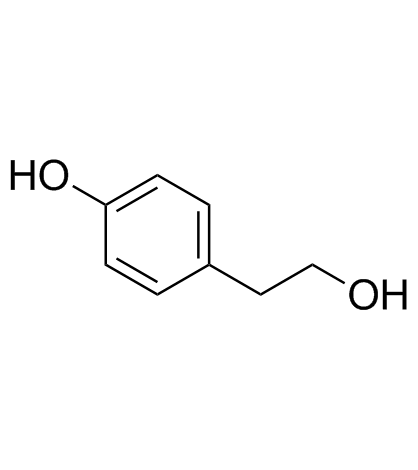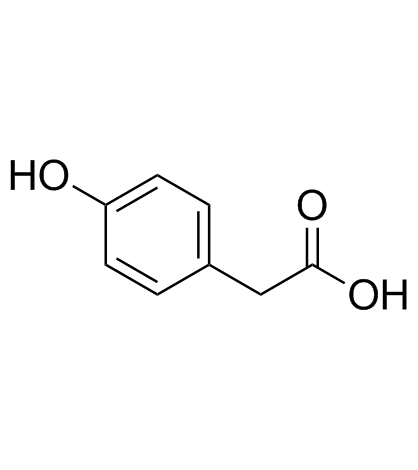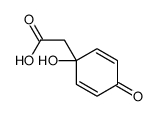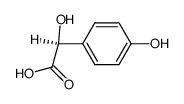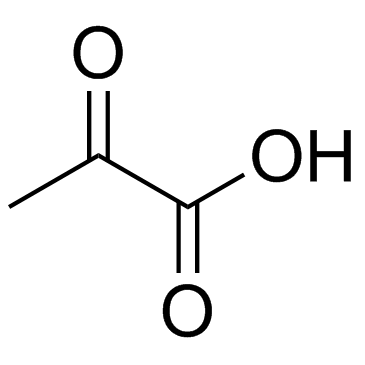CHEMICAL IDENTIFICATION
-
RTECS NUMBER :
-
UZ1000000
-
CHEMICAL NAME :
-
Pyruvic acid, p-hydroxyphenyl-
-
CAS REGISTRY NUMBER :
-
156-39-8
-
BEILSTEIN REFERENCE NO. :
-
2691632
-
LAST UPDATED :
-
199803
-
DATA ITEMS CITED :
-
3
-
MOLECULAR FORMULA :
-
C9-H8-O4
-
MOLECULAR WEIGHT :
-
180.17
-
WISWESSER LINE NOTATION :
-
QVV1R DQ
HEALTH HAZARD DATA
ACUTE TOXICITY DATA
-
TYPE OF TEST :
-
TDLo - Lowest published toxic dose
-
ROUTE OF EXPOSURE :
-
Oral
-
SPECIES OBSERVED :
-
Rodent - rat
-
DOSE/DURATION :
-
30 gm/kg/10D-C
-
TOXIC EFFECTS :
-
Biochemical - Metabolism (Intermediary) - amino acids (including renal excretion)
-
REFERENCE :
-
JONUAI Journal of Nutrition. (Subscription Dept., 9650 Rockville Pike, Bethesda, MD 20014) V.1- 1928- Volume(issue)/page/year: 95,535,1968
-
TYPE OF TEST :
-
TDLo - Lowest published toxic dose
-
ROUTE OF EXPOSURE :
-
Oral
-
SPECIES OBSERVED :
-
Rodent - rat
-
DOSE/DURATION :
-
30 gm/kg/10D-C
-
TOXIC EFFECTS :
-
Biochemical - Enzyme inhibition, induction, or change in blood or tissue levels - transaminases Biochemical - Metabolism (Intermediary) - amino acids (including renal excretion)
-
REFERENCE :
-
JONUAI Journal of Nutrition. (Subscription Dept., 9650 Rockville Pike, Bethesda, MD 20014) V.1- 1928- Volume(issue)/page/year: 95,535,1968 ** TUMORIGENIC DATA **
-
TYPE OF TEST :
-
TDLo - Lowest published toxic dose
-
ROUTE OF EXPOSURE :
-
Subcutaneous
-
SPECIES OBSERVED :
-
Rodent - mouse
-
DOSE/DURATION :
-
1600 mg/kg/8W-I
-
TOXIC EFFECTS :
-
Tumorigenic - equivocal tumorigenic agent by RTECS criteria Kidney, Ureter, Bladder - tumors
-
REFERENCE :
-
VOONAW Voprosy Onkologii. Problems of Oncology. For English translation, see PONCAU. (V/O Mezhdunarodnaya Kniga, 113095 Moscow, USSR) V.1-10, 1928-37; V.1- 1955- Volume(issue)/page/year: 22(6),47,1976
|


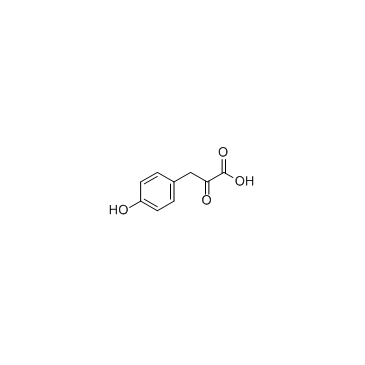
![(5Z)-5-[(4-hydroxyphenyl)methylidene]imidazolidine-2,4-dione structure](https://www.chemsrc.com/caspic/342/80171-33-1.png)

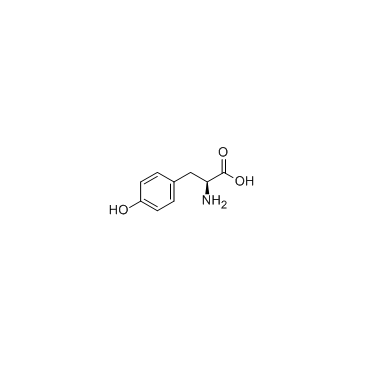
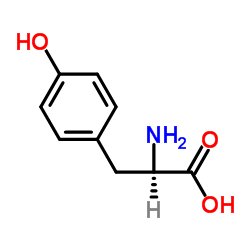
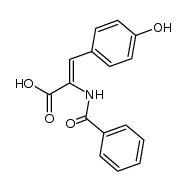
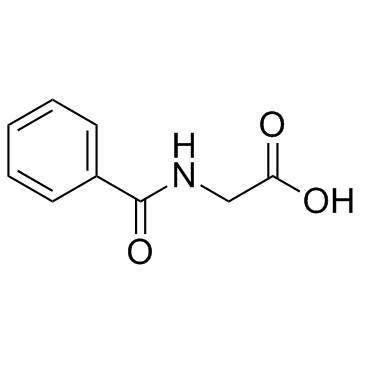
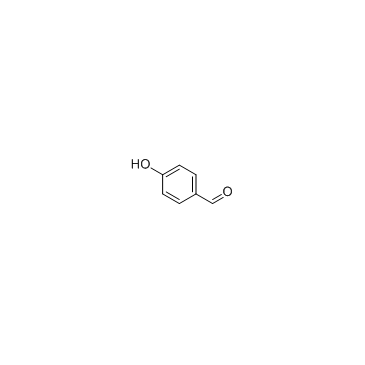
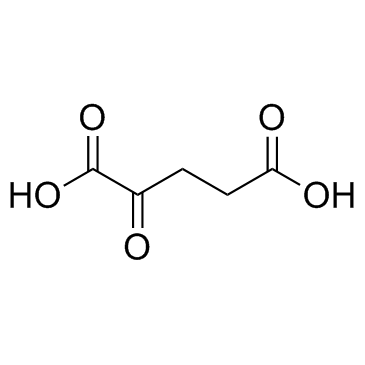

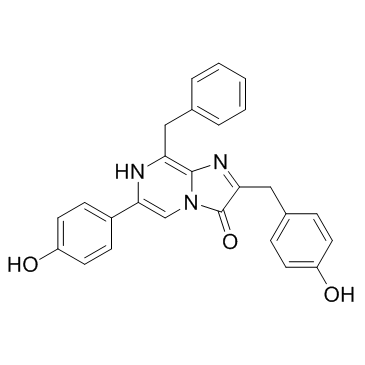
![Imidazo[1,2-a]pyrazin-3(2H)-one,6-(4-hydroxyphenyl)-2-[(4-hydroxyphenyl)methylene]-8-(phenylmethyl)- (9CI) structure](https://www.chemsrc.com/caspic/122/62541-09-7.png)
